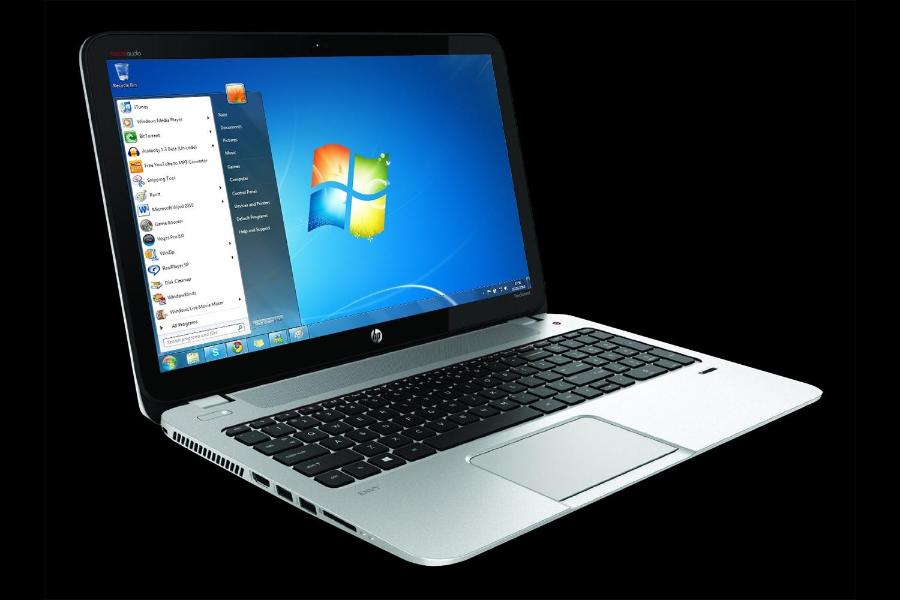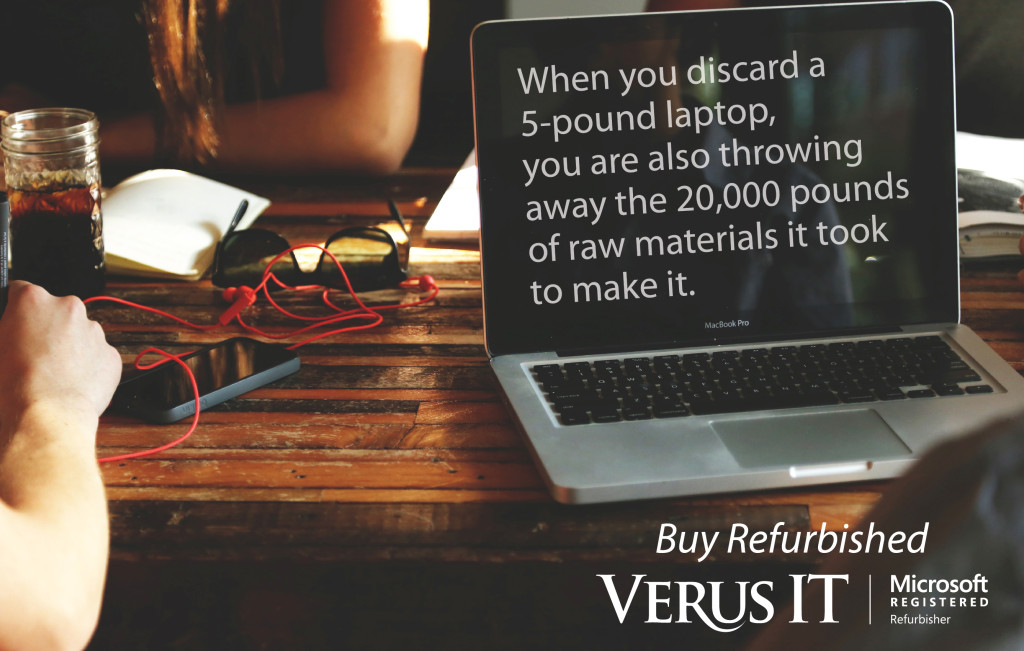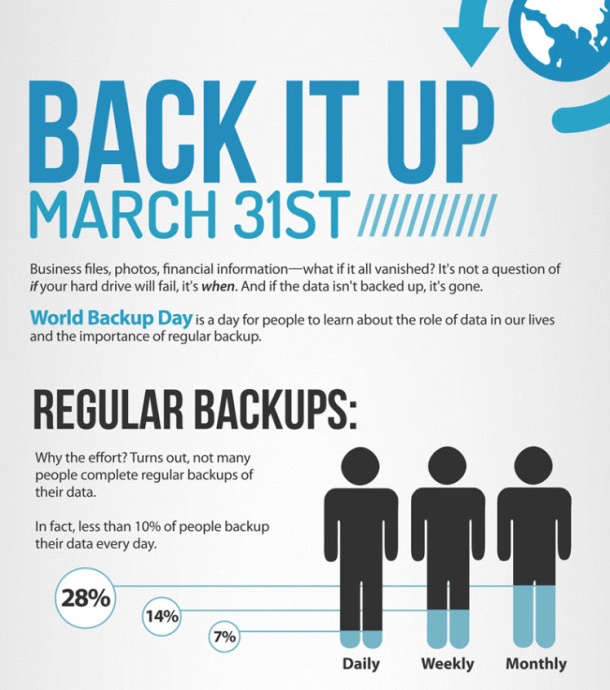Windows 7 Still Dominates the Desktop OS Market With a 60 Percent Majority
Windows 7 Still Dominates the Desktop OS Market With a 60 Percent Majority

Windows 7 retains its place as the most popular desktop operating system on the market, according to WinBeta who spotted these new figures from NetMarketShare. The figures released by the analytics firm for June of 2015 reveal that Windows 7 still claims the highest market share at 60.98 percent, an increase from the previous month’s 57.76 percent.
Windows 8.1, the most recent desktop OS to be released to manufacturing by Microsoft, sits comfortably at 13.12 market share, a marginal increase from May’s 12.88 percent. Windows XP, on the other hand, which is now 13 years old, is finally beginning to take a plunge in market share well over a year after Microsoft dropped official support for the increasingly archaic OS. Nevertheless, Windows XP is still in third place with a market share of 11.98 percent after falling from 14.60 percent over the course of one month.
All told, Microsoft holds 90.85 percent market share in the desktop space, an unsurprising victory for the software giant. Apple and Linux share the rest of the market, with Mac OS X taking 7.54 percent, and the various versions of Linux taking the remaining 1.61.
Surprisingly, Windows 10 actually made the charts in June with a minuscule market share figure of 0.16 per cent. That might not seem like much, but that number has actually doubled since February. Windows 10 is still in its testing stages, available only to users willing to take a risk with Microsoft’s Insider Program. Windows 10 Insider Preview users will receive a version of Windows that’s almost identical to the consumer release on July 29th, when Windows 7, 8, and 8.1 users get their free upgrade.
Windows 10 is already gearing up to be on the of biggest releases ever for Microsoft, but the success of Windows 7 is still looming over their head. Whether a free upgrade and a revitalized outlook can convince people to make the move remains to be seen.
Environmental Case for Refurbished IT Equipment
The Basis for the Environmental Benefits of Refurbished IT
The scientific basis for the environmental case for refurbished IT equipment is primarily from Dr. Eric Williams of Rochester Institute of Technology in his book, co-authored with Ruediger Kuehr, Computers and the Environment, Understanding and Managing Their Impacts.
In it, they find that the environmental cost to produce a computer and monitor is immense, especially for microprocessors. Producing the average 53-pound desktop computer and CRT monitor requires 530 pounds of fossil fuels, 50 pounds of chemicals, and 3,330 pounds of water.
According to Williams and Kuehr, adding additional life to computers saves 5 to 20 times more energy than recycling over the computer’s life cycle. It’s much better for the environment to extend the life of a computer for an extra two or three years than to buy a new one every three to four years.
The thing I found perhaps most interesting in the Williams and Kuehr findings is that 75 percent of PC energy consumption has already happened before a new computer is ever switched on. It is used up in the production phase. If this equipment has a six or seven year lifespan rather than three or four years, the environmental impact for even a fraction of the one billion plus computers now in use in the world will be immense.
To get a glimpse of how the number is growing as we speak, I like to look at the Worldometer computer page. We’re apparently on track to reach a two billion computer install base sometime in 2015. But I digress…
Half the Periodic Table in That PC or Mobile Phone
The green argument for electronics reuse goes beyond Williams and Kuehr, however. Paul Hawkin, in his book, Natural Capitalism, finds that the volume of material that goes into manufacturing a laptop is 4,000 to 1. When you discard a five-pound laptop you are also throwing away the 20,000 pounds of raw materials it took to make it.
The hundreds of raw materials that are needed to make electronics devices have an incredibly long and complex supply chain. I’m told that circuit boards are among the good with the longest supply chain of any manufactured item. The materials for them must come from mines and factories from all over the world. The University of Illinois Sustainable Electronics Initiative estimates that each PC or mobile phone contains about half the periodic table.
How Much Does Reuse Save?
The EPA’s Electronics Environmental Benefits Calculator shows environmental savings for computer recycling and reuse in terms of energy, materials, CO2, toxic emissions, and more. It finds that it is roughly 25 times more beneficial environmentally to reuse computers than to recycle them at 3 to 5 years of age.
Recent lifecycle assessment work by Eric Munsing of PE International has found that in more energy efficient devices like laptops, tablets and mobile phones, the environmental benefit of extending the useful life of these devices only increases. More energy and resources are expended in their manufacturing phase.
How Does Refurbished Equipment Stack Up?
The environmental case for electronics reuse aside, one question that always crops up is how refurbished IT equipment compares with new equipment in terms of performance. Most of us have been frustrated by using a three or four year old computer that takes forever to start up and do simple things like open a web page or send an email message. The main reason for this is that over time, software degrades or corrupts, developing interoperability conflicts and many other glitches.
A machine that is repaired, cleaned out, and has fresh software installed that is native to it pretty much runs as well as the day it was new. One important thing to know is that a four-year-old computer needs software that runs well on four-year-old equipment, and not the latest software versions.
Common Core, BYOD, assessments among districts’ budget priorities
eSchool News – January 22nd, 2015
Survey reveals that school districts are prioritizing ed-tech in the wake of more positive budget news

An annual report based on two large-scale surveys of education decision-makers reveals that school technology budgets are growing stronger, school leaders are seeking Common Core-aligned instructional materials, and there is a growing demand for tools that improve teaching and personalized learning.
The results come from MDR’s State of the K-12 Market 2014 report, conducted by the EdNET Research team. The report seeks to define important trends that will impact U.S. schools in the coming year.
Major findings reveal a reliance on digital resources and an expansion of access through mobile devices, implementation of bring-your-own-device (BYOD) programs, and one-to-one computing initiatives; increased experimentation with new instructional models; an uptick in preparation for online assessments; and fewer worries about budgets.
“Schools are more optimistic about their ed-tech budgets than they have been for the past few years,” said Kathleen Brantley, Director of EdNET Insight.
In fact, nearly 90 percent of districts anticipate their 2014-2015 technology budgets in hardware, software, teacher training, and technical support to stay the same or increase. Topping the list of their concerns are hardware/device purchases and infrastructure capacity, meaning bandwidth and wireless networks will influence purchasing decisions going forward.
A growing interest in one-to-one and BYOD programs is fueled in part by the rapid growth of mobile computing devices and the increased focus on personalized learning. Nearly half (44 percent) of all U.S. districts report that one-to-one computing is substantially implemented in high schools, 36 percent in middle schools, and 20 percent in elementary schools. Chromebooks have come on strong, with half of all surveyed districts citing implementation of these newer devices.
5 predictions for technology in 2020
Posted by Susan Galer in SAP Business Trends on Feb 10, 2015 5:27:57 PM
According to research firm IDC, the world is fast approaching the next wave of digital innovation. Much sooner than you may think, passwords will become a relic of our insecure past and bespoke products will be within the reach of anyone regardless of their tax bracket. In this video, Crawford del Prete, Executive Vice President Worldwide Research Products and Chief Research Officer at IDC, shares predictions that portend radical changes in how business operates and people live every day.
- Hyper-effective Security: By 2020, 70 percent of mobile consumers will access their devices biometrically. IDC said this will reduce password memorization by 50 percent. Consider how much time this will free up for activities infinitely more valuable than changing and remembering passwords and worrying about data breaches.
- 3-D Printing: By 2020, additive manufacturing technologies will enable produce-on-demand scenarios for more than ten percent of all consumer product purchases. And, over one-third of these products will be completely customized to match the buyer’s needs and price sensitivity. Move over Savile Row, there’s a new consumer in charge.
- Self-driving Cars: By 2020, 30 percent of new cars will have a self-driving mode. Pioneered by Google, self-driving cars are showing up on everyone’s wish list including former partner Uber which just announced a new strategic partnership with Carnegie Mellon University.
- Internet of Things: By 2020 consumers will interact with over 150 sensor-enabled devices every day (think: connected cars, building, homes and wearables), and 25 percent will be disposable. Here is my take on wearables summarizing perspectives from experts on a recent SAP’s Coffee Break with Game-Changers radio broadcast.
- Cognitive systems (smart machines) that observe, learn and offer suggestions to people: By 2020, 60 percent of device interactions will be passive, allowing people to use information from intelligent systems and machine learning.
Of course when it comes to technology innovations it’s impossible to gauge the accuracy of any predictions and the impact on consumers. The way I see it, I have five years to plan how I’ll use all the time I’ll gain once I no longer have to worry about changing passwords, paying attention to the road when I’m driving, or wasting hours trolling the virtual or physical worlds to find the exact product I want. The real beauty of technology innovations like cloud, big data, analytics, and social is in how they change lives in expected and surprising ways.
This article is published in collaboration with the SAP Community Network.


